What Are The Animals That Have Been Cloned
viii Mammals That Have Been Cloned Since Dolly the Sheep
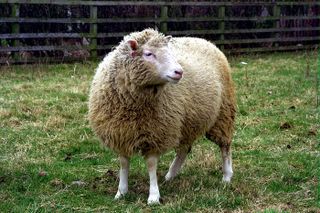
twenty Years Since 'Dolly'
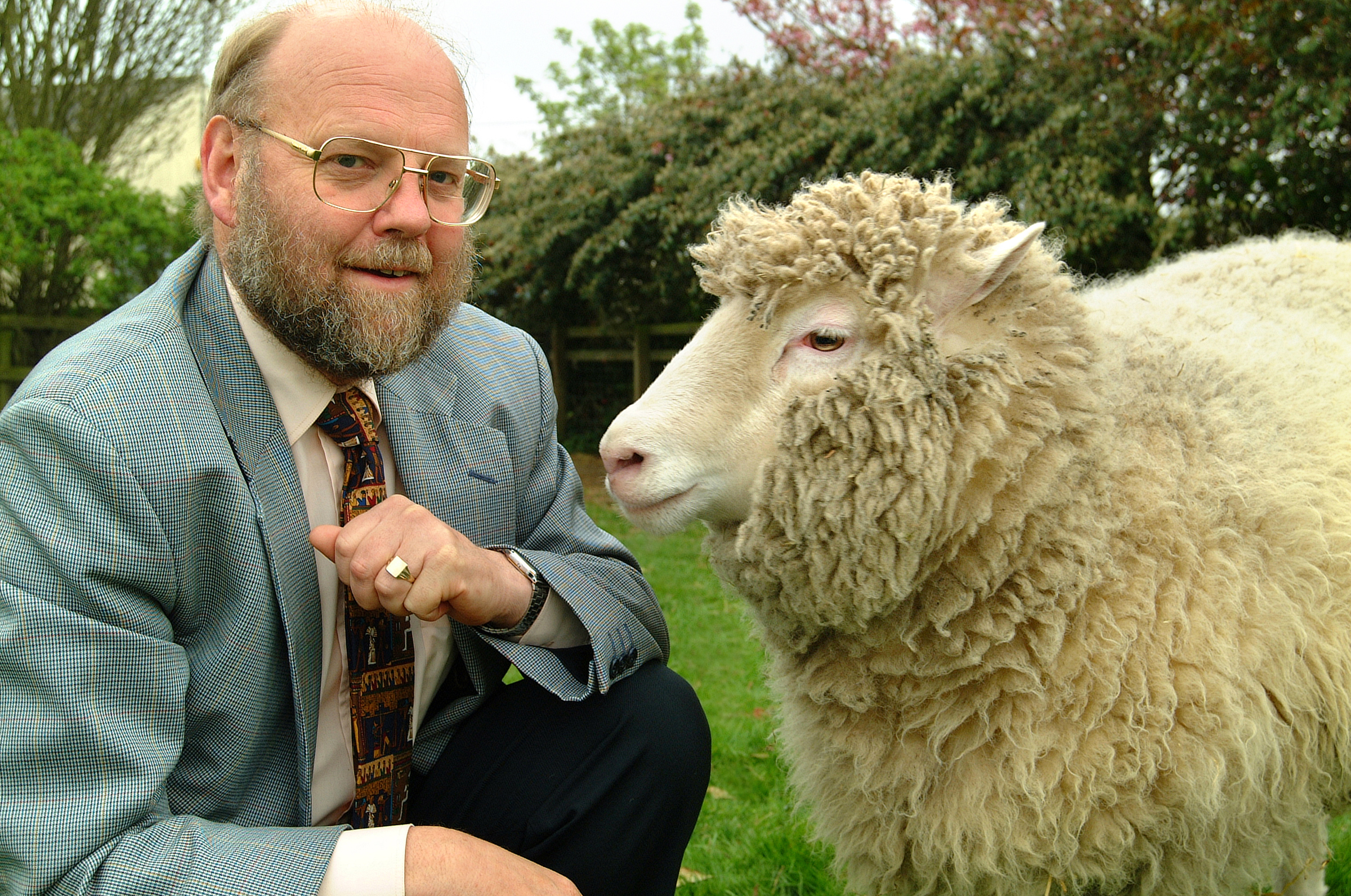
Information technology was 20 years ago this week that scientists announced the first successful cloning of a mammal — the now-famous sheep Dolly — from a cell taken from an adult animate being. [Full story: twenty Years After Dolly the Sheep, What Have We Learned About Cloning?]
The cloning of Dolly by the team at The Roslin Found, at the University of Edinburgh in Scotland, paved the manner for researchers to try cloning a number of other mammals. Prior to Dolly, scientists had been able to clone mammals just by splitting growing embryos.
Since the announcement of Dolly's birth, dozens of other species take been cloned from adult body cells, including many mammals. Here are eight of the mammals that accept been cloned in this style since Dolly:
Pigs
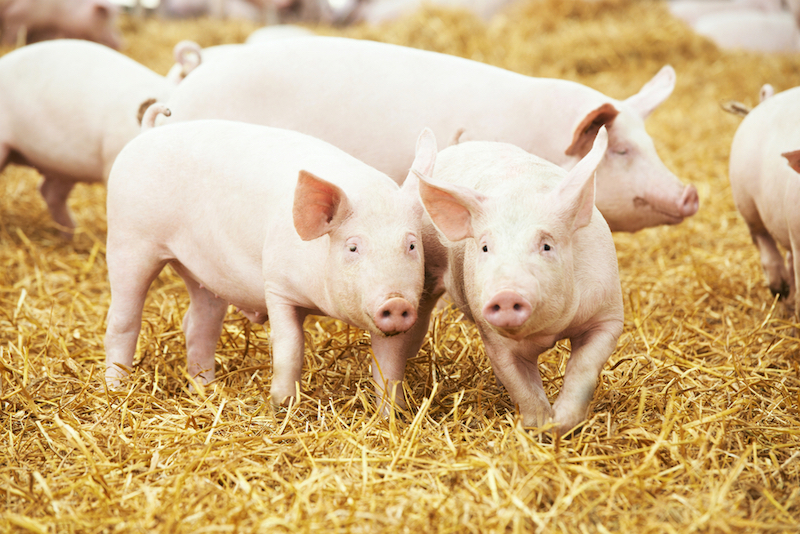
In 2000, PPL Therapeutics, the same company that worked with The Roslin Institute to clone Dolly the sheep, appear that it had cloned five female piglets from adult sus scrofa cells. The piglets were named Millie, Christa, Carrel, Dotcom and Alexis. The findings were published in a 2000 paper (opens in new tab)in the journal Nature.
Cats

In 2001, researchers at Texas A&Yard University cloned a cuddlier fauna: a true cat. The kitten was born Dec. 22, 2001, to a surrogate mother, according to the findings, which were published in a 2002 (opens in new tab)newspaper in Nature.
Though the kitten — nicknamed CC, brusk for Carbon Copy — was genetically identical to the cat Rainbow, the patterns on her fur looked different, likely due to developmental, rather than genetic, factors, the study said. CC had her ain kittens a few years later.
Deer
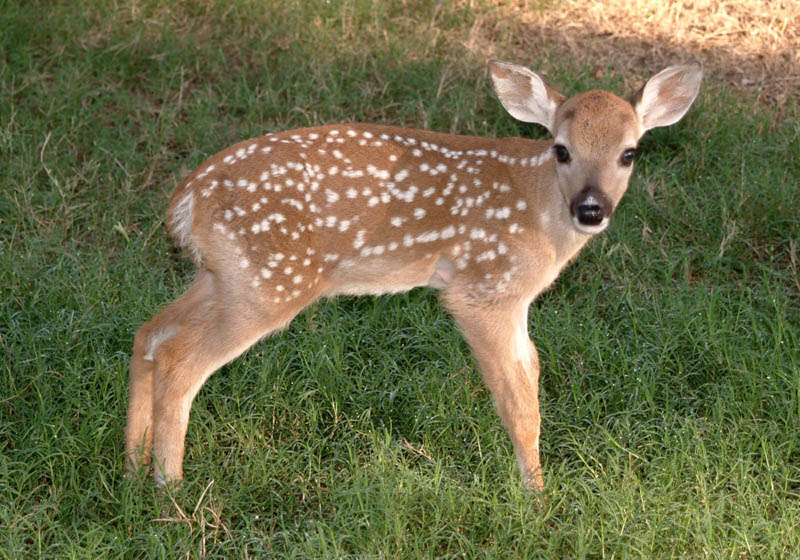
Researchers at Texas A&Thou also cloned a white-tailed deer, nicknamed Dewey, in 2003. Dewey was built-in to a surrogate mother named Sugariness Pea on May 23, 2003, and was cloned from skin cells taken from a deceased white-tailed buck, according to a statementat the time from Texas A&M University. Dewey is still live today.
Horses
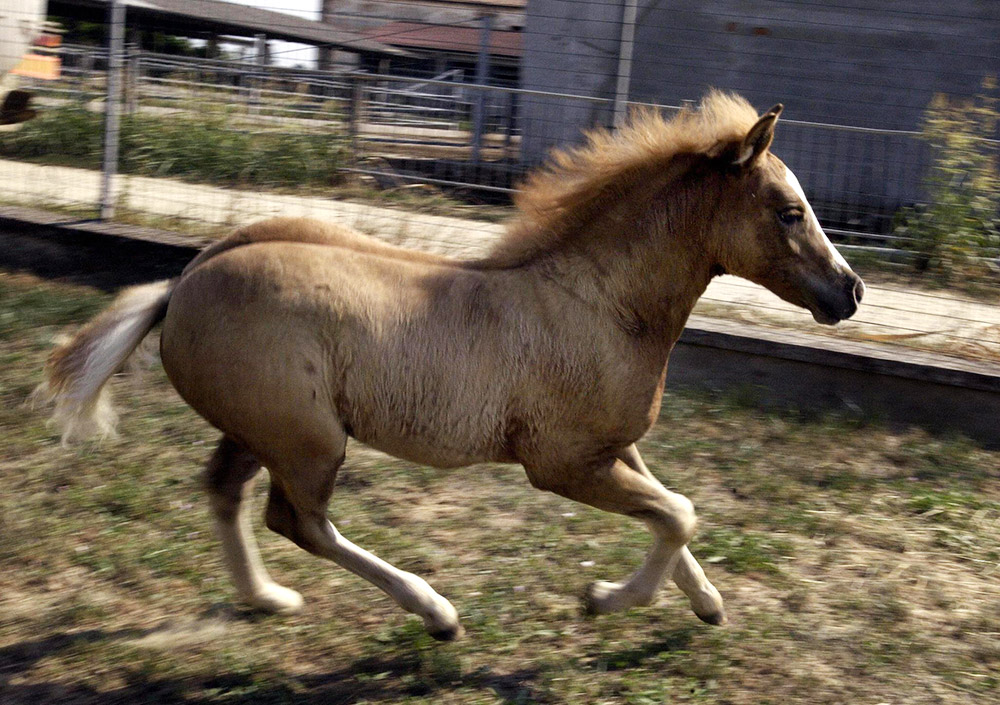
In 2003, researchers in Italy cloned a female person horse, which they named Prometea. Interestingly, the female that gave birth to Prometea was also the donor of the genetic material, co-ordinate to the study. The authors noted that the successful cloning of Prometea helped dispel notions that information technology might be dangerous (for immune-related reasons) for a female parent to deport a fetus that was genetically identical to herself to term. Their results were published in Nature in 2003 (opens in new tab).
Dogs
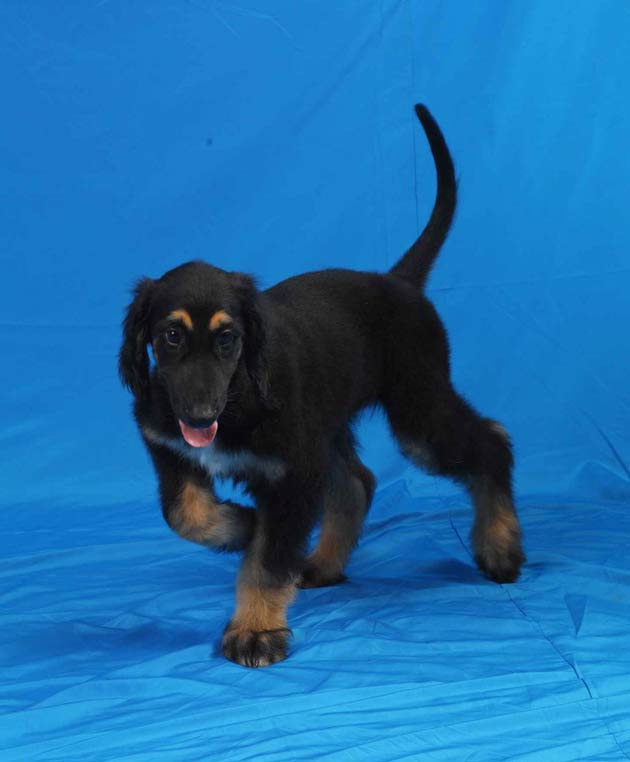
Researchers in Republic of korea cloned a dog, according to their results published in Nature in 2005 (opens in new tab). The puppy, named Snuppy, was born April 24, 2005. He was cloned from adult skin cells taken from an Afghan hound, co-ordinate to the written report. Snuppy was the lone survivor later 1,095 dog embryos were implanted into 123 surrogate mother dogs, leading to just ii births (the other puppy died a few weeks subsequently), according to the commodity. In 2008, Snuppy fathered his own puppies, the article said.
Mice
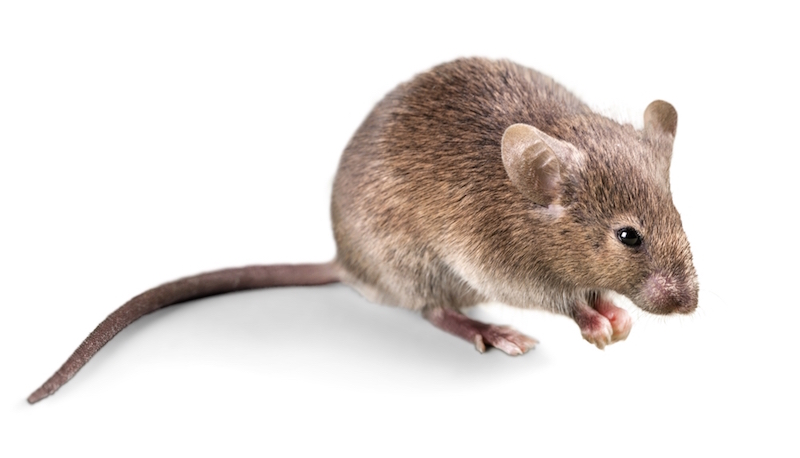
In 2008, researchers in Nippon appear that they had cloned mice using cells that had been frozen at minus iv degrees Fahrenheit (minus 20 degrees Celsius) for xvi years. After thawing these cells, researchers establish that all of them had ruptured, but the scientists were still able to excerpt the DNA required to produce salubrious cloned mice, according to the study, published in 2008in the journal Proceedings of the National Academy of Sciences. The scientists wrote that they hoped that this might indicate that it would be possible, in future, to "resurrect," sure animals or keep stocks of frozen tissue to apply subsequently, the study said.
Wild goats
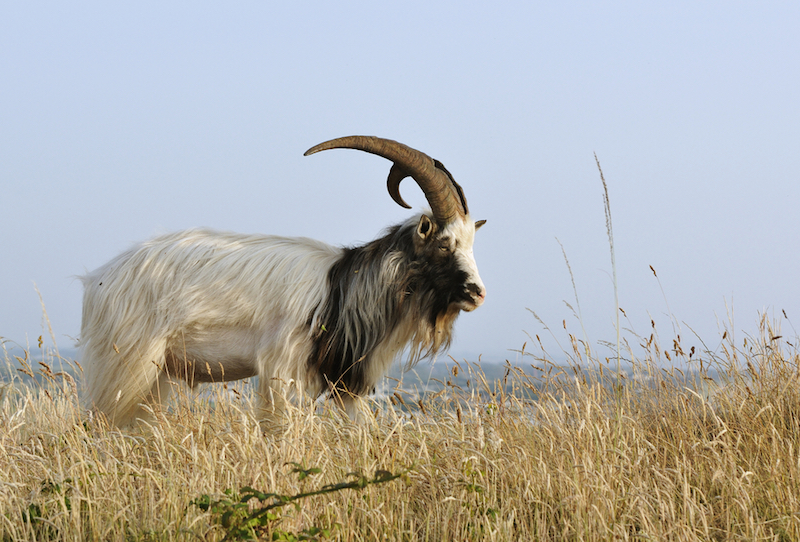
In 2009, resurrection science got another boost: Scientists reported that, for the beginning time, they had cloned an extinct mammal, the bucardo (a type of wild goat also called a Pyrenean ibex). The group of researchers, with members from Kingdom of spain, France and Belgium, used cells from preserved samples from a bucardo captured in 1999 to produce the cloned animal, according to the study. Still, the young goat died merely minutes later its nascency because of defects in her lungs. The enquiry was published in 2009in the journal Theriogenology.
Gray wolves
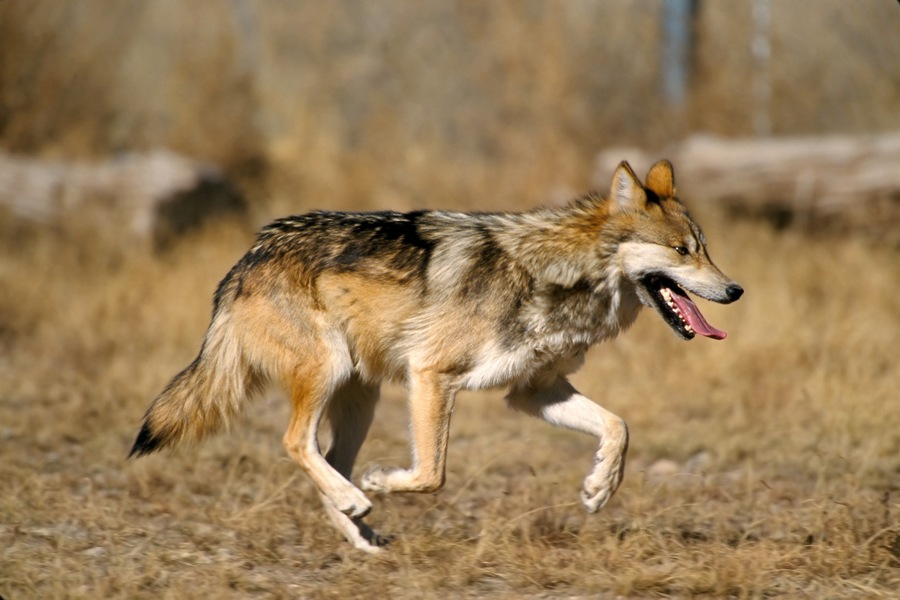
In 2005, Due south Korean researchers cloned the endangered gray wolf, producing 2 young pups: Snuwolf and Snuwolffy. One pup was born Oct. 18, 2005, and the other was built-in Oct. 26, 2005. The two cloned wolves were produced from genetic cloth taken from the ear cells of a female person gray wolf. However, researchers used eggs from dogs to host the genetic material in order to bring the cloned animals to term, because information technology was difficult to obtain this material from gray wolves in the wild, the study said. Dogs were as well used as the surrogates for the wolf pups, co-ordinate to the report, which was published in the journal Cloning and Stem Cells in 2009.
Originally published on Live Science .
Source: https://www.livescience.com/57971-mammals-that-have-been-cloned.html
Posted by: reeseacceent.blogspot.com

0 Response to "What Are The Animals That Have Been Cloned"
Post a Comment